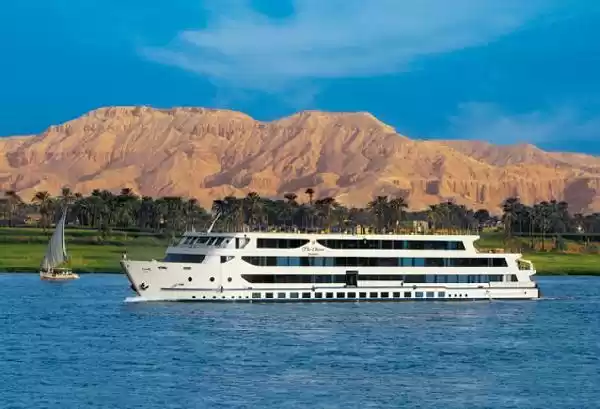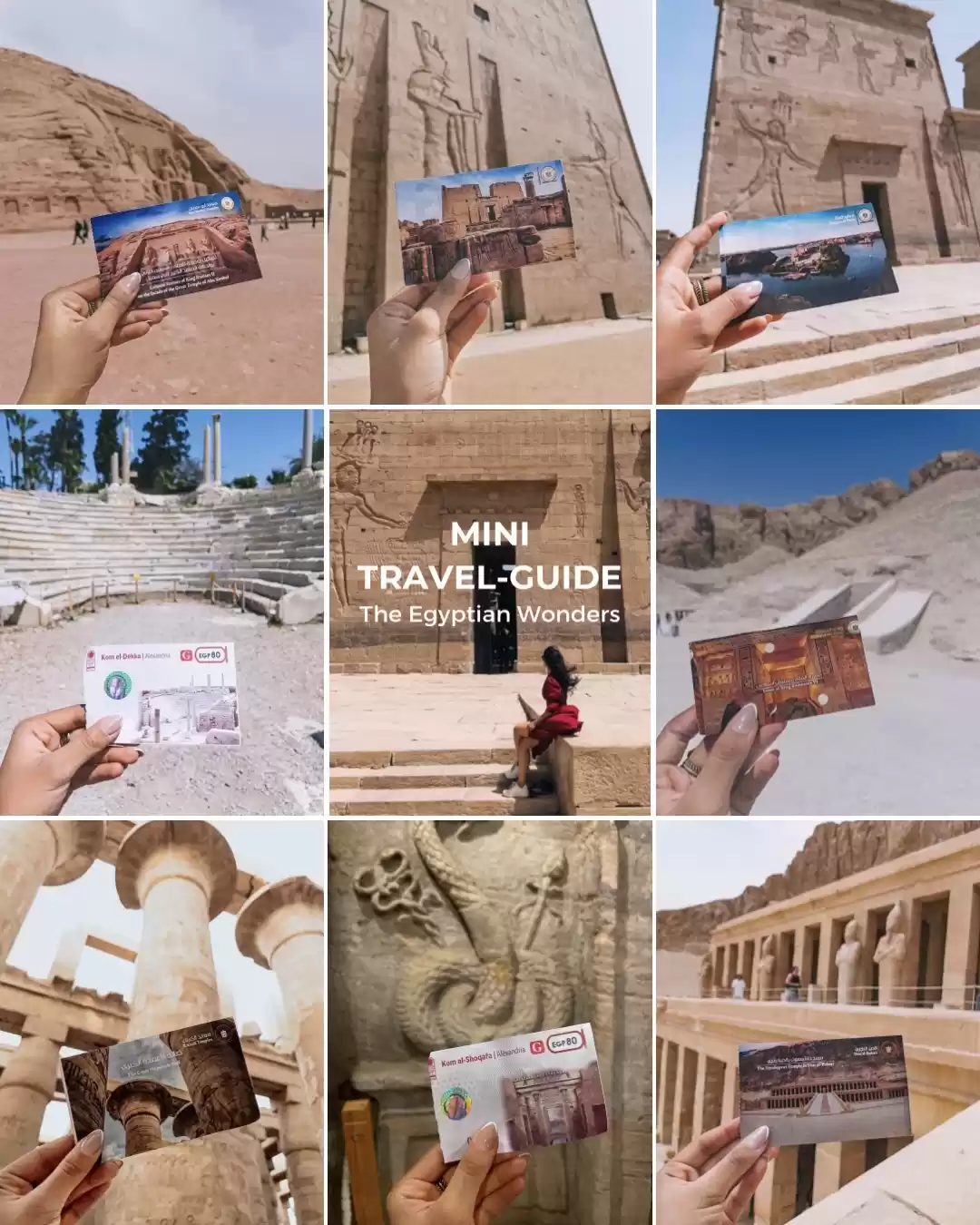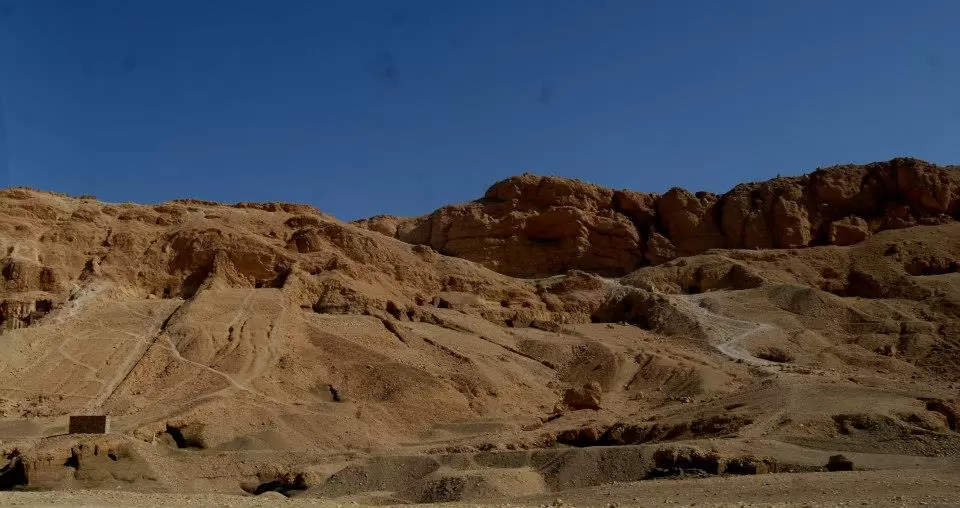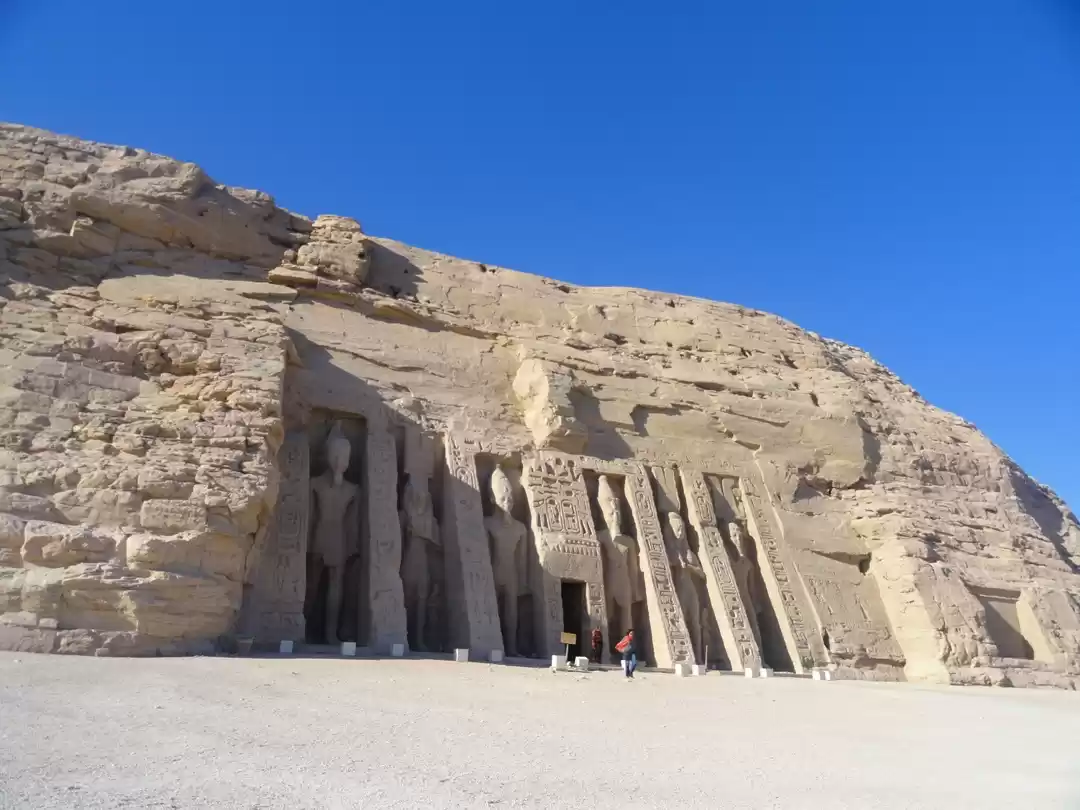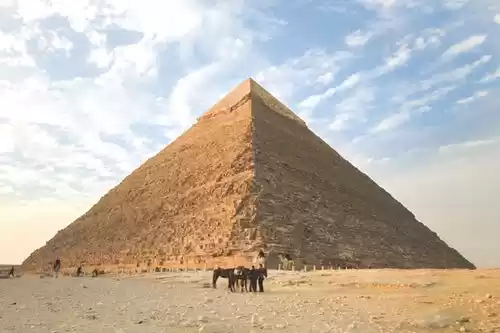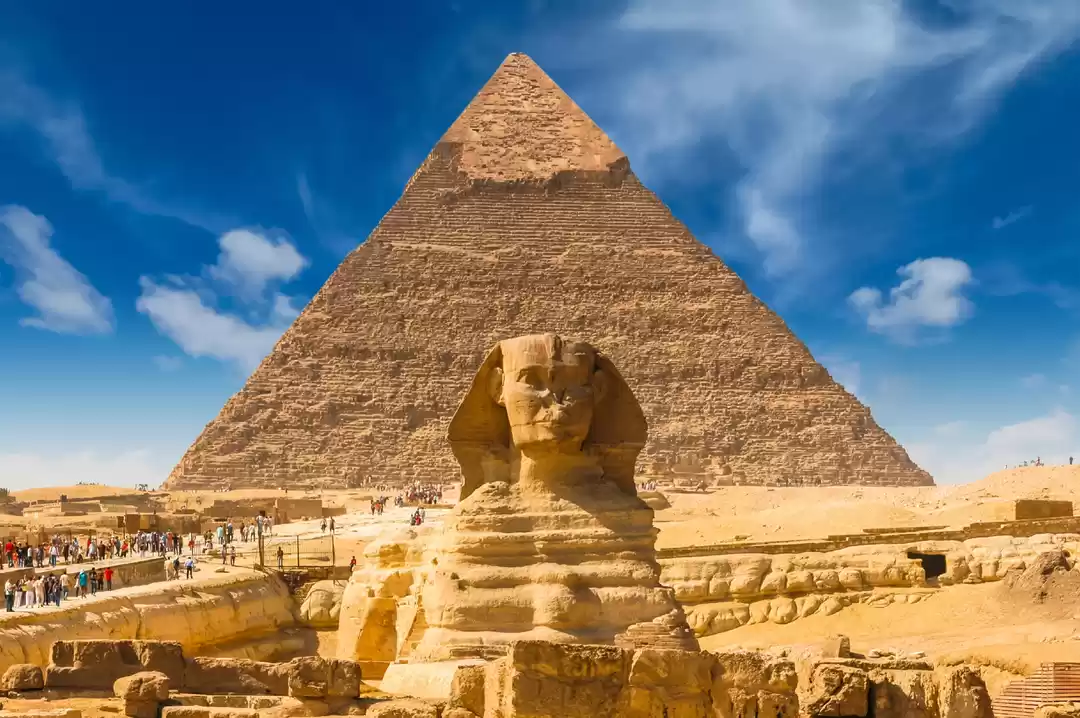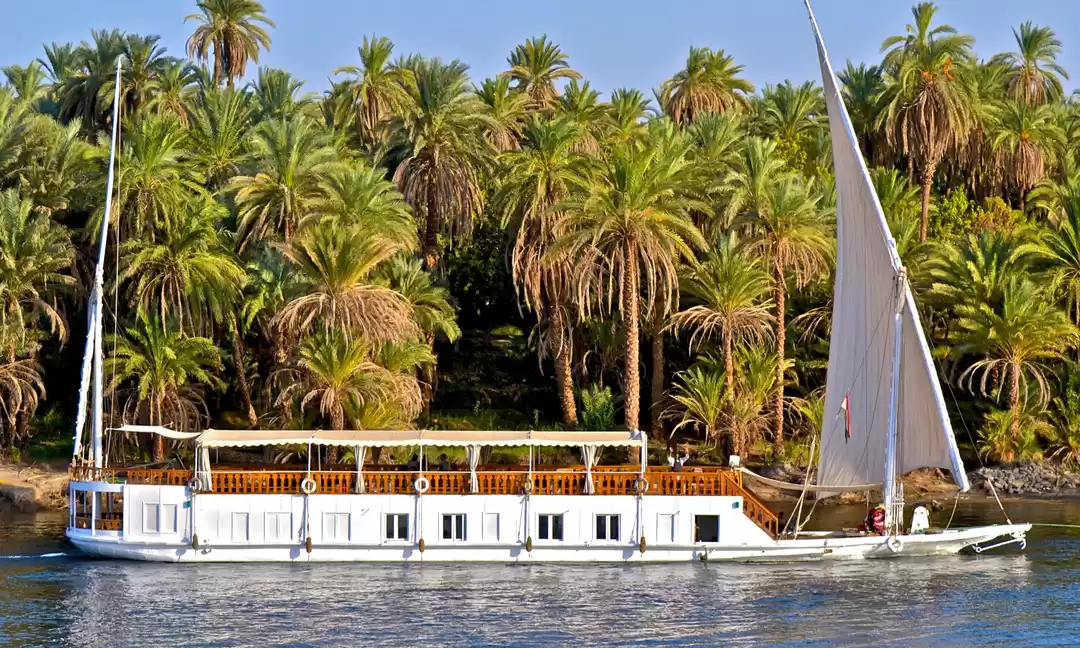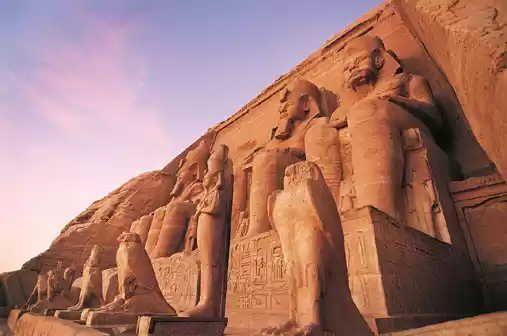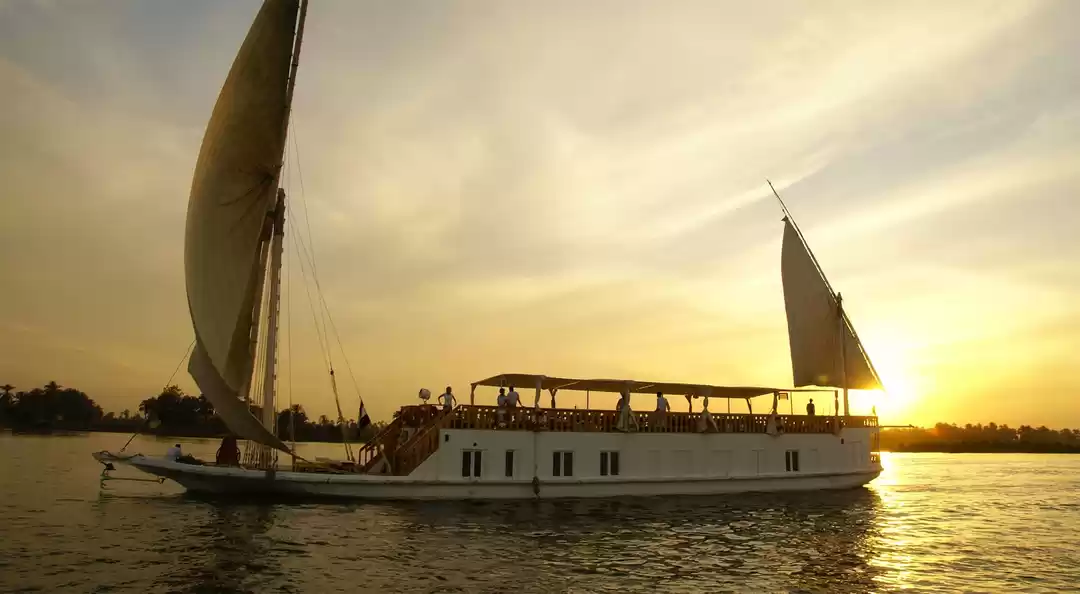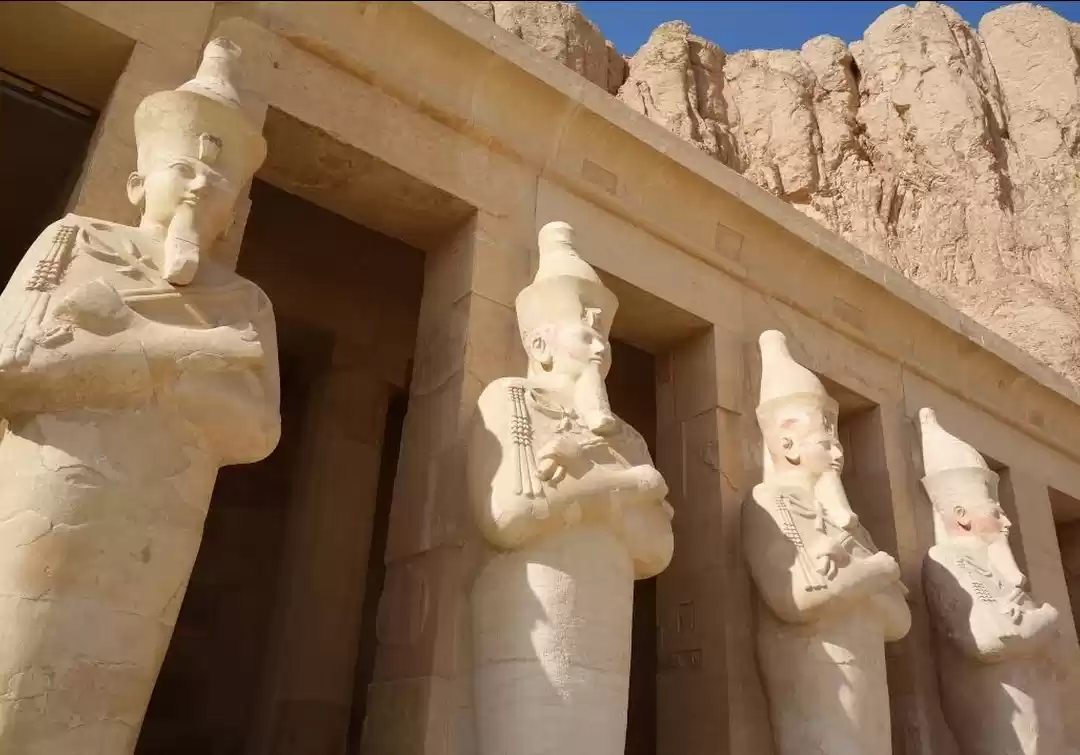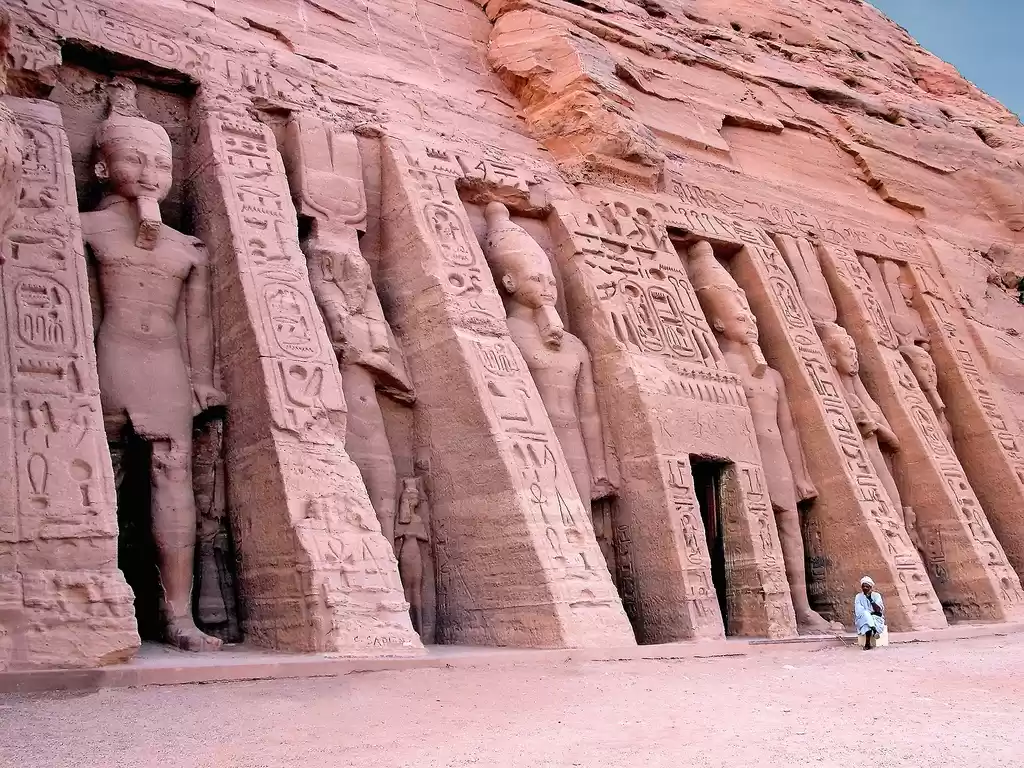
Egypt Tourist Attractions| Best Places to see in Egypt
The Egypt Tourist Attractions| Best Places to see in Egypt are many so it is best to choose the best.
Day 1: On arrival in Aswan, we went straight to the High Dam and Philae Temple, from the airport. We skipped the Unfinished Obelisk as we were hungry and checked in to the cruise.

Aswan High Dam
Firstly, we visited Aswan Dam which is modern Egypt's most acclaimed and yet controversial building project. Begun in 1960 and taking 11 years to complete, and was accomplished through funding and technical help from the Soviet Union. The dam brought fantastic benefits to the country with sustainable electricity across the country and increasing arable land in Egypt. There is a four-lane highway that runs across the top of the dam where there is a triumphal arch and an inscription commemorating the completion and the cooperation between Egypt and the Soviet Union to build it.
Philae Temple

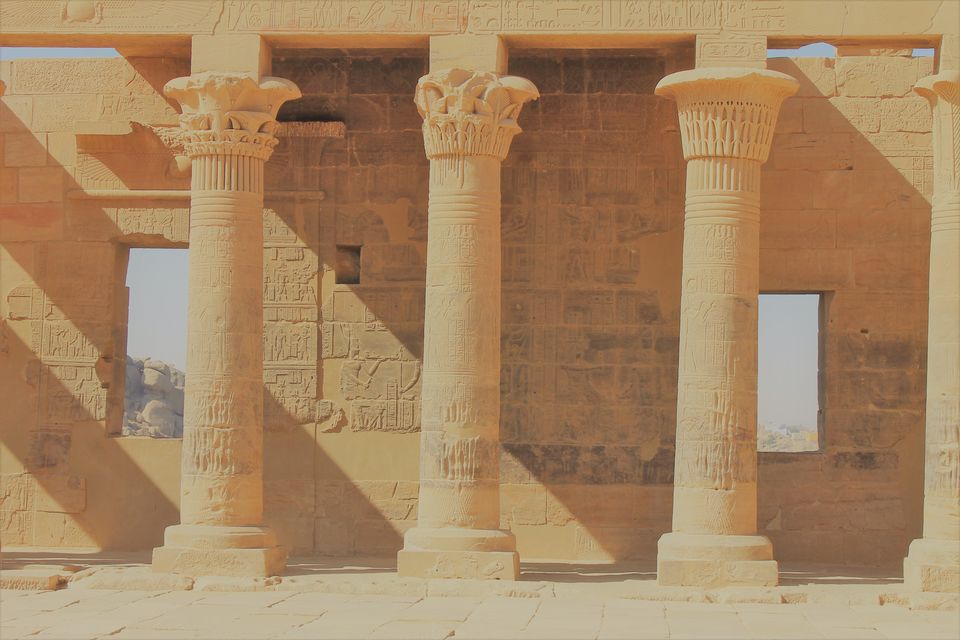
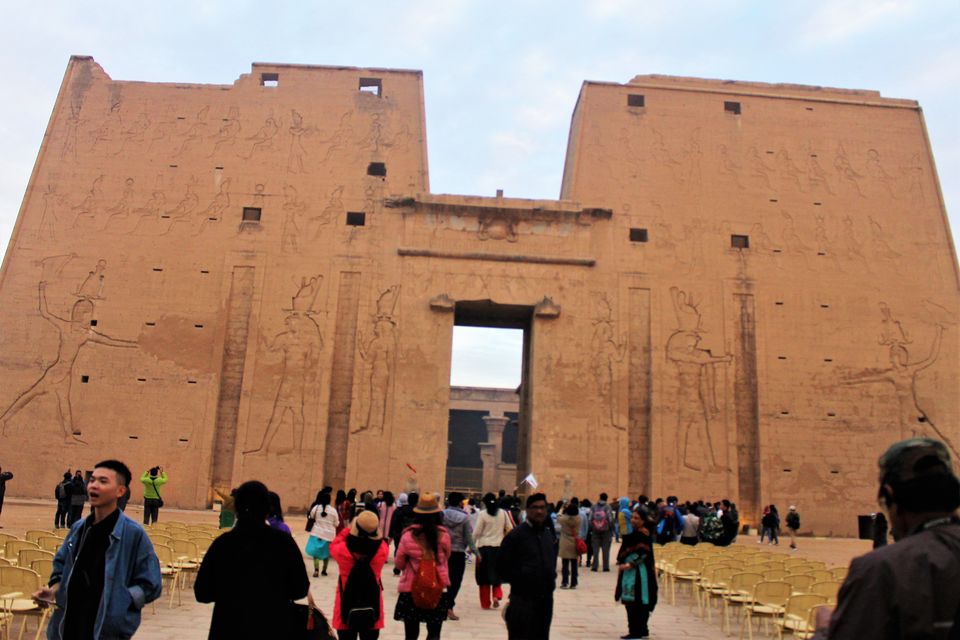
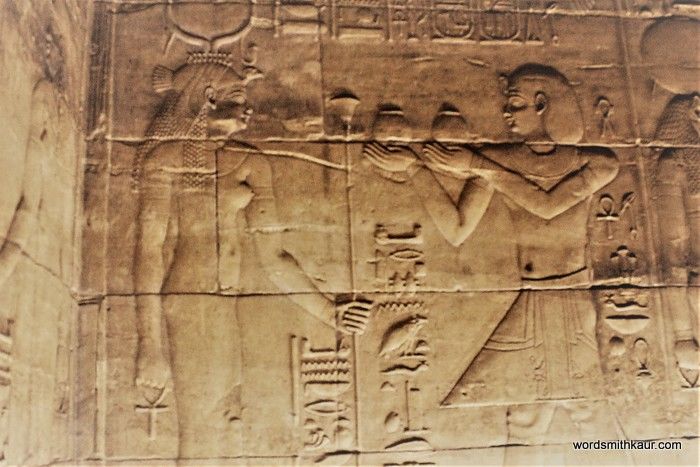
Next was the sacred Temple of Isis (more commonly known as Philae Temple) is one of Upper Egypt's most captivating monuments both for the superb artistry of its reliefs and for the striking symmetry of its architecture, which made it a favourite subject of Victorian painters. The temple was saved by the rising waters of Lake Nasser by UNESCO's rescue project and moved lock-stock-and-barrel from its original home on Philae Island to nearby and higher, Agilika Island where it sits today.
House of Hathor
On either side of the forecourt, you'll see structures fronted by colonnades. The small building to the east contained rooms for the priests, which served some scientific purpose. The plant columns in its vestibule are remarkable for their elegant proportions. The building on the western side of the forecourt is the Birth House (mammisi), dedicated to Hathor-Isis in honour of the birth of her son, Horus. It is surrounded on all four sides by colonnades, the columns in which have foliage capitals surmounted by sistrum (metal music instrument) capitals. The walls, columns, and screens between the columns are covered with reliefs and inscriptions.
The Unfinished Obelisk Missed
We had a very early start and we were a tired and hungry group of travellers who chose to skip the Unfinished Obelisk and check-in to the cruise. An early start the next day as we had to travel to Abu Simbel was planned . We had lunch and watched the blue Nile pass by calmly from our cabins.
The next morning, we had an early start with packed breakfast boxes in our hands as we had to drive down to Abu Simbel. Shery pointed out a sight to behold; the brilliant sun rising up behind the sand dunes.
Temples of Abu Simbel
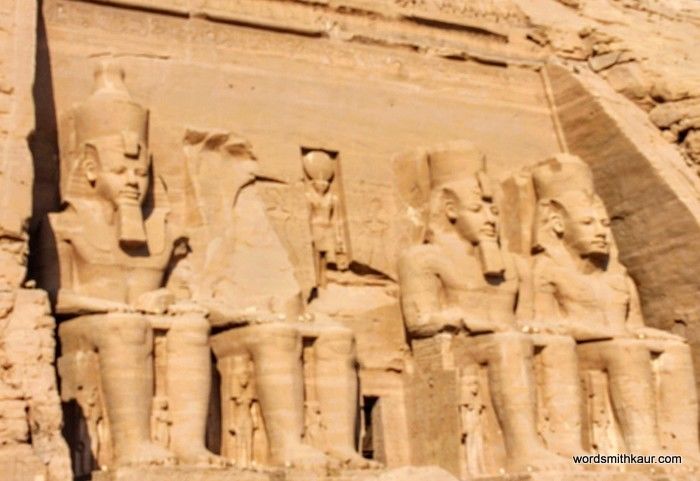


The temples of Abu Simbel on the west bank of the Nile River, are a must see; do not miss them. In the 1960s, the entire temple was relocated from its original location and lifted piece by piece to its existing site by an international UNESCO team functioning against the clock to preserve it from obliteration by being flooded by the Aswan High Dam. The mammoth size of the temple outdoes everything else in Egypt and has to be seen to be believed. I was mesmerized by the sheer size of the statues, rising so high almost kissing the clouds.
Rameses II
Built by Ramses II, in 1244 B.C., Abu Simbel comprises of two temples, carved into the mountainside. The bigger of the two temples contains four colossal statues of aseated pharaoh Ramesses II at its entrance, each about 69 feet tall. The front entrance to the temple was built in such a way that on October 22 and February 22, every year, sunlight shines into the inner sanctuary and lights up only three of the four statues seated on a bench, including one of the pharaoh. Historians reason that these dates mark his coronation and birth.
Pharaoh Ramses II's attempted to achieve immortality by erecting the gigantic stone statues that grace the façade; it has actually worked. Even today, people crane their necks in incredulity at the colossal temples just as the Pharaoh's subjects would have done when the temples were first upraised.
Queen Nefertari
Additionally,Abu Simbel has a second, smaller, temple that might have been built for Queen Nefertari. Its front includes two statues of the queen and four of the pharaoh, each about 33 feet in height. Each is set between ramparts carved with hieroglyphs.
The statues on the right hand side wear the double crown of Upper and Lower Egypt, while those on the left wear the crown of Upper Egypt. Strangely, the queen is the same size as the pharaoh. On either side of the statues are smaller figures of the royal children, the princesses depicted with their left foot advanced in front of them, being larger than the Princes.The ornamental symmetry of these gigantic figures is remarkable.
From the Vestibule, three doorways lead into a long and narrow Transverse Chamber.On the walls of this chamber, Ramses II is shown making offerings to Min,Horus, and Khnum and to Atum, Thoth, and Ptah who were also worshiped here,like guest divinities.
Kom Ombo





We drove back to the boat and sailed to Kom Ombo. This temple is just 100 yards from the river bank and we just got off the cruise and walked towards it. It was almost sunset, when we arrived at Kom Ombo temple. The temple built in the 2nd century BC is from the Ptolemaic times. It is the only temple in Egypt venerating two gods; with the southern half of the temple dedicated to Sobek, the crocodile god or fertility and a repairer of evil in the world, and the northern half dedicated to the falcon god Horus. There is museum of creepy crocodile mummies on one side. The most outstanding thing about Kom Ombo was the relief in the carvings on the walls. The sharp detailing stood out
of the rock vividly.
King Sobek
Kom Ombo(means hill of gold) ;Temple is believed to have been a memorial for an ancient crocodile cult. Though Sobek was perceived as an Egyptian God, worship of him seemed to take place in parts of Egypt where crocodiles were common. Anyway, all things considered, the Kom Ombo Temple has a fascinating history and is certainly worth a visit.
We rushed back to the boat as it was time to sail to Edfu, our next destination.The next morning we had a normal time start to the day for a change. I was excited to see that we were proceeding to the Edfu Temple on horse carriages.
Edfu Temple



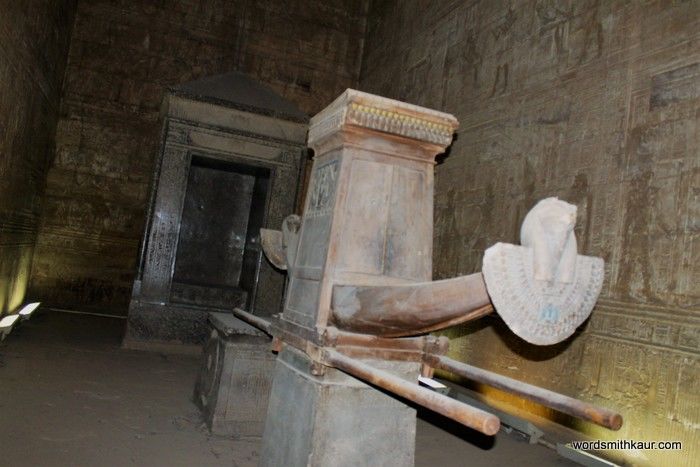
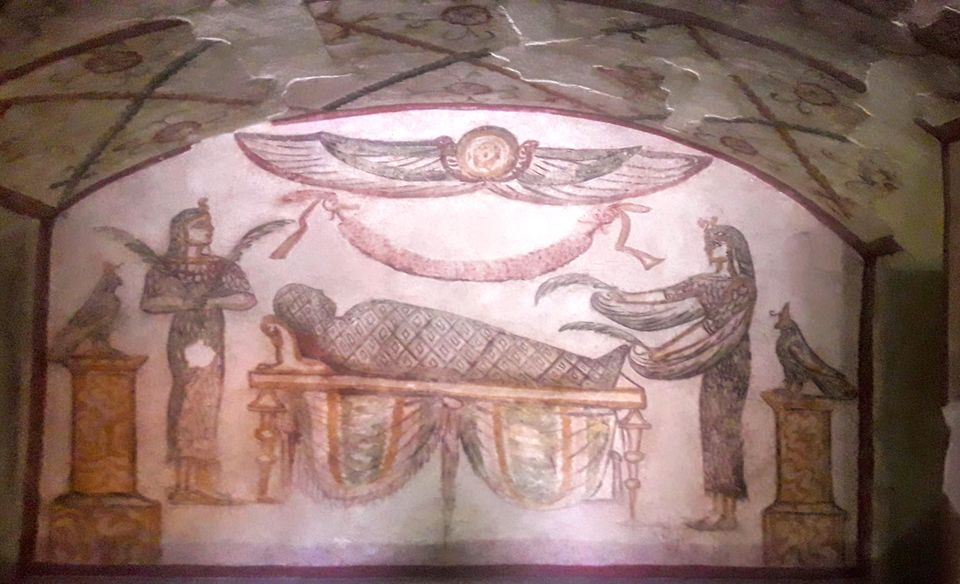
The Edfu Temple is a Greco-Roman temple constructed during the Ptolemaic dynasty.It is unquestionably one of the best preserved ancient temples in Egypt.Temple of Edfu is located on the west bank of the Nile River. Its vast size and extravagant layout is a clear sign of the country’s prosperity at the time. Dedicated to the falcon god Horus, it is actually the biggest “Horus” temple ever constructed. The main highlights of the temple comprise of the innumerable inscriptions visible on its walls, as well as the engravings and reliefs that adorn the entrance to the temple; which is by way of a massive pylon measuring 36 meters high. The pylon is decorated with various reliefs,depicting Ptolemy XII conquering his enemies. This pylon and the two twin granite larger than life, falcons at the gateway to the temple are awesome and the perfect spot for a photo-op.
The time at the cruise was drawing to an end and I wished it would go on. But, we had to move to Luxor and we were all excited for our next historic destination.
City of Luxor
Luxor is by far above Egypt's other cities for its sheer treasure of temples and tombs. It was the site of ancient Thebes, the great city of the Middle Kingdom and New Kingdom pharaohs, who covered the banks of the Nile with their massive building works and began the vast tomb edifices snugly hidden amid the rocky valley of the West Bank. The range of their ambition is best cherished today in the magnificent Karnak Temple complex. But there are so many monuments here that you could spend a few days simply soaking up the elegance and splendour.
Karnak Temple




Luxor city is essentially an open-air museum, and while we were travelling I was clicking so many pictures of the monuments along the way. The Temple Complex of Karnak has to be its most astonishing and beautiful monument in Luxor. The entrance to the complex is through a grand procession way, flanked on both sides by ram-headed sphinxes. Within its grounds are the Great Temple of Amun, the Temple of Khons, and the Festival Temple of Tuthmosis III, as well as many other buildings. It represents the building activity of successive rulers of Egypt, who competed with one another in adding to and adorning this great national reserve, which became the most important of Egypt's temples during the New Kingdom. Temple of Amun To the south of Ramses II's enclosure wall around the Temple of Amun is the Sacred Lake; it is very well preserved. In Arabic, it is known as Birket el-Mallaha ("Lake of the Salt Pan") On the edge of the lake is a large granite scarab dedicated by Amenophis III to the sun god Atum-Khepri and when Shery told us that it is lucky to circle it, we all went along with it.
Everywhere in Egypt, I felt like an ant as I gazed up at mighty columns and colossal statuary as all the monuments are on a gigantic scale.
Valley of the Kings



The renowned Valley of the Kings, hidden between rocky slopes, was the final resting place for the kings of the 18th, 19th, and 20th dynasties. There are 63 tombs in all. Since Howard Carter opened up King Tut's tomb to expose the treasures of the child king, the Valley of the Kings has caught th imaginations of travellers. The vibrantly painted tombs of Thebes' pharaohs allow visitors a glimpse at the burial rites and death rituals of Ancient Egypt, and today are Luxor's West Bank's greatest and most popular attraction.We were allowed access to 2 tombs. If you have time you should take a Hot air balloon ride over the Valley of Kings.
Temple of Deir al-Bahri (Queen Hatshepsut's Temple)
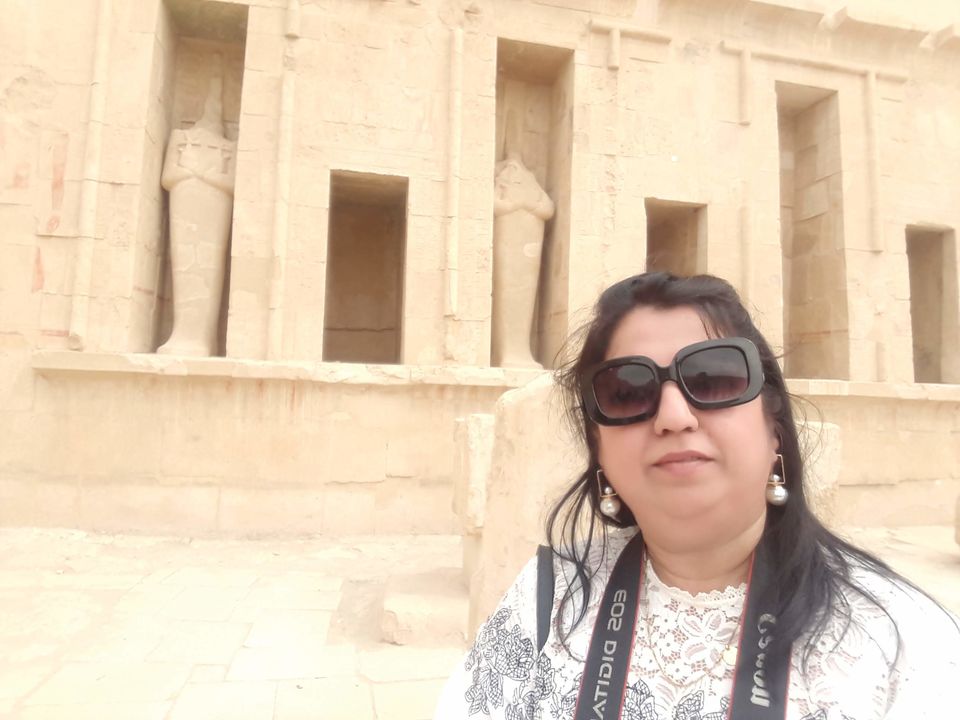
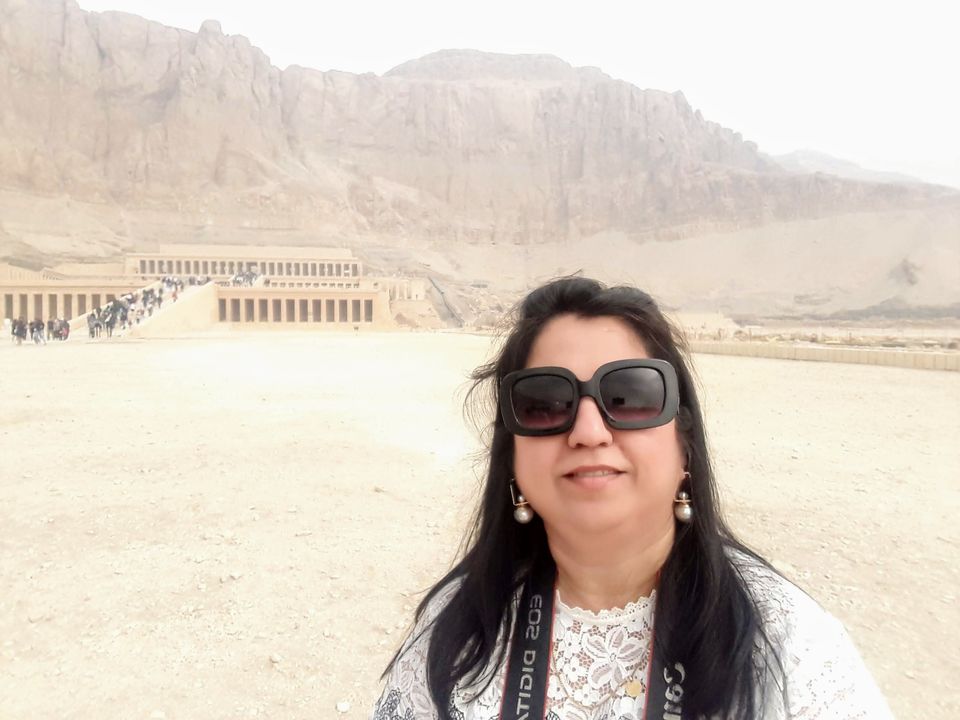
Next was Queen Hatshepsut’s temple and as it sounds like a tongue twister, Shery,our charming guide referred to it as Hot Chicken Soup in jest. The Temple of Deir el-Bahri is splendidly located at the foot of the sheer cliffs fringing the desert hills, the pale, almost white, sandstone of the temple stands out dramatically against the golden yellow to the light brown rocks behind. The temple complex is laid out on three terraces rising from the plain, connected by ramps, which divide it into a northern and a southern half. The west side of each terrace has a raised colonnade. The temple itself was partly hewn from the rock itself. Inside, the complex is richly embellished with statues, reliefs, and inscriptions; Queen Hatshepsut had represented herself with the attributes of a male pharaoh (beard and short apron) to validate that she possessed all the authority of a king.
Colossi of Memnon

Covering all these places on the same day was exhausting and we only had Colossi of Memnon, left. Only two of us volunteered to go and explore these gigantic statues and I am glad I did. They are carved out of hard yellowish-brown sandstone quarried in the hills above Edfu and represent Amenophis III seated on a cube-shaped throne. These almost 60 feet statues once stood guard at the entrance to the king's temple. In Roman Imperial times they were considered as statues of Memnon, son of Eos and Tithonus, who was killed by Achilles during the Trojan War. If you walk behind the statues, you can see the huge site (currently being excavated by archaeologists) where Amenophis III's temple once sat. Visit the Colossi of Memnon, the only remains of the funerary Temple of Amenophis III.
One more blog on the museum would be my last blog on Egypt Do check out my other posts on Egypt.
Egypt Nile River Cruise
Tips for Visiting Egypt
Egyptian Food
Pyramids Of Giza


